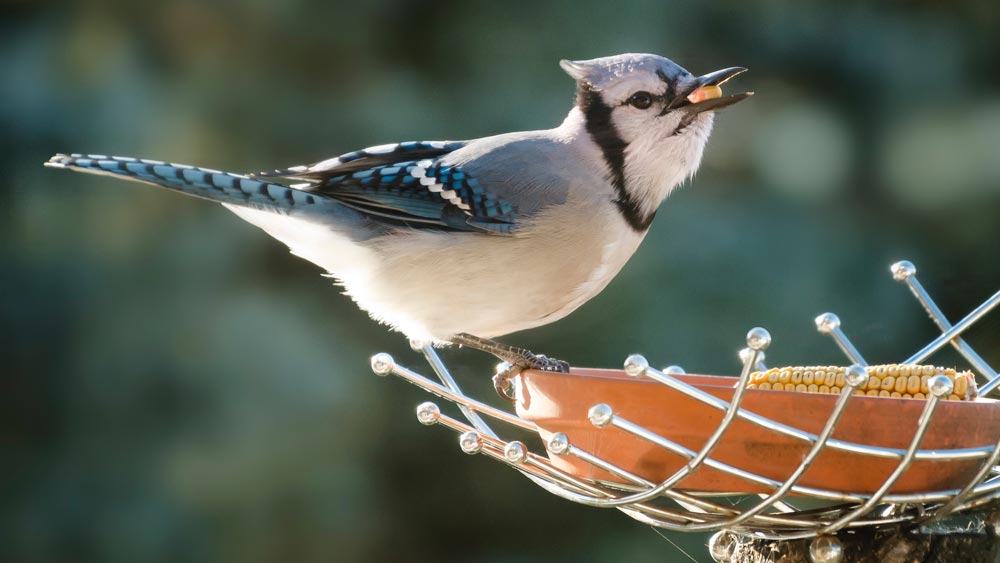
Part of the allure of a log home is its all-natural setting, complete with abundant wildlife and adorable critters. But when they’re wrecking your garden and eating your well-planned landscape, it’s time to gently encourage your neighbors to dine elsewhere.
Although there are numerous chemical solutions available to handle garden pests, it’s always a good idea to try a non-toxic approach first, particularly if you have pets and children, not to mention yourself, roaming the grounds. Here are four of the most common pests, with suggestions on how to create a first line of defense.
Slugs:

If your leaves are looking ragged and a little slimy, you may have a slug issue. The best non-toxic way to trap them is with citrus, which they love. Put the peels of oranges, grapefruit or lemons on a small plate near your most-chomped-on plants, and check the “traps” every day. Relocate the slugs (or put them in soapy water for a quick ending). Then, put copper strips in a ring around the base of plants, like hostas, as a preventative measure.
Rabbits:

So adorable, and so very destructive. If you see a pattern of eating about 2 feet off the ground (and plenty of bunny pellets left behind), the best way to control them is through wire-mesh fencing a least 3 feet high. Be sure to dig a trench around your plants first, and bury at least 6 inches of fencing underground, since rabbits can easily dig under fences that stop at ground level.
Birds:

Though they are a delight to watch from your log home’s porch or deck, birds may become an issue, particularly if you have fruit trees on your property. The easiest solution is to wrap the whole tree in soft netting, but that may not be the landscaping look you want. Consider planting what’s called a “trap crop,” which refers to plants you grow specifically to appeal to pests, so they leave your real stuff alone. For birds, a trap crop might be mulberries, wild cherries, blueberries or other berry shrubs. Plant them away from your garden, so that birds don’t flit from one to the other. You also can use scare devices, such as toy pinwheels, reflective ribbon or scare-eye balloons, and place them throughout your garden.
Deer:

Perhaps the trickiest pests to deter are the largest. Deer love tender plants, shrubs, vegetables and many flowers. Fences can work, but they have to be at least 8-feet high. One deterrent that’s worth considering is a motion-activated sprinkler, which startles deer with a stream of water. Since deer are habitual creatures, they eventually learn to stay away from that area.
In general, you’ll likely have some degree of pests on your property, so, for sanity’s sake, it’s best not to aim for a “zero tolerance” strategy. But putting some natural deterrents in place can help you minimize the issue and maximize your enjoyment of the land you love.











